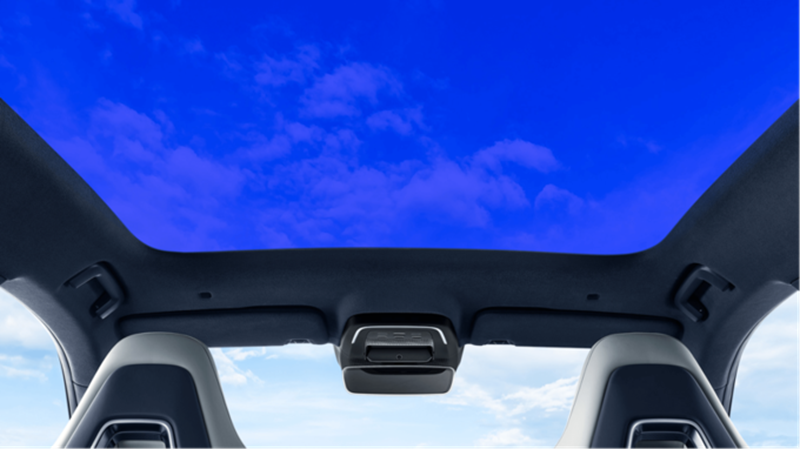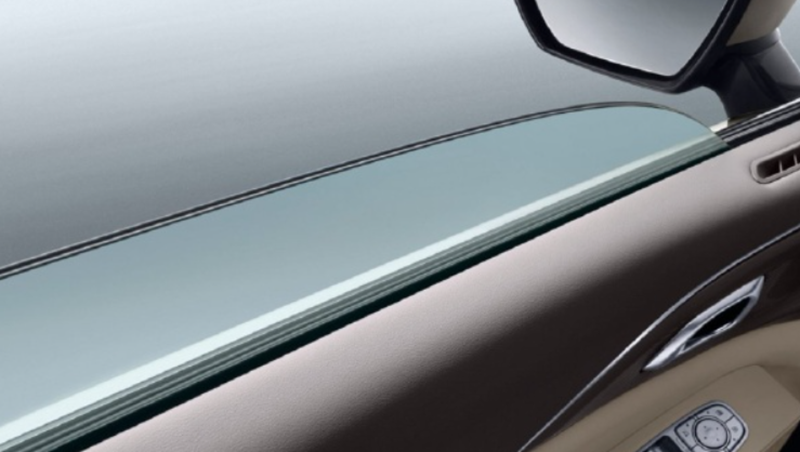The automotive industry has seen tremendous advancements in materials used for enhancing vehicle safety, performance, and comfort. Among these materials, PVB film for automotive applications plays a crucial role in vehicle glazing systems, providing safety, noise reduction, and UV protection. In recent years, innovations in the manufacturing of PVB film for automotive have led to enhanced durability, performance, and sustainability, revolutionizing the way car windows are designed and produced.
Polyvinyl Butyral (PVB) film is a key component used in automotive windshields and windows. It is primarily known for its ability to bond glass layers, ensuring that the glass stays intact in the event of an accident. PVB film for automotive serves as a vital protective layer in laminated glass, preventing glass from shattering into dangerous fragments. Additionally, it helps in reducing external noise, enhancing the comfort of vehicle occupants, and protecting them from harmful UV rays.
PVB film has long been a staple in the automotive industry, but the latest technological innovations have pushed its capabilities to new heights.
1. Improved Durability and Strength
One of the primary concerns for PVB film for automotive is its durability and long-term performance under harsh conditions. Recent innovations have focused on improving the strength and resilience of PVB films. Advances in the chemical formulation and manufacturing processes have led to films with enhanced resistance to scratches, weathering, and UV degradation. These improvements ensure that the films maintain their functionality and appearance over the life of the vehicle. Enhanced durability not only contributes to safety by keeping the laminated glass intact during collisions but also extends the lifespan of the glass, reducing the need for frequent replacements.
2. Enhanced UV Protection and Heat Control
Another notable innovation in PVB film for automotive is the incorporation of UV-blocking and heat-reflective properties. The growing awareness of the harmful effects of UV rays on skin health and the interior of vehicles has driven the demand for films that offer superior UV protection. Modern PVB films are engineered to block a higher percentage of UV radiation, which not only protects passengers from harmful sun exposure but also prevents the fading and deterioration of the vehicle’s interior materials, such as upholstery and dashboard components.
Moreover, advancements in heat-reflective technologies have enabled the development of PVB films that help maintain a cooler temperature inside the vehicle, improving the overall comfort of passengers while reducing the need for air conditioning.
3. Improved Acoustic Performance
Noise pollution is a growing concern in modern vehicles, especially as the automotive industry focuses on creating quieter cabins for a more comfortable driving experience. PVB film for automotive has long been known for its ability to reduce noise, but recent innovations have taken this feature to the next level.
The latest PVB films are engineered to significantly reduce sound transmission, resulting in quieter cabins even when driving at high speeds or in noisy environments. This is achieved through the integration of advanced acoustic technologies that absorb and dampen sound vibrations, making driving more pleasant and reducing driver fatigue.
4. Eco-Friendly Manufacturing Processes
As the automotive industry moves towards greater sustainability, the production of PVB film for automotive has also undergone significant changes. Manufacturers are now focusing on reducing the environmental impact of PVB film production. New manufacturing processes have been developed to make PVB films more eco-friendly by utilizing sustainable raw materials, reducing energy consumption, and minimizing waste.
Moreover, efforts are being made to recycle PVB films at the end of their life cycle. This is especially important as the automotive industry faces increasing pressure to adopt circular economy principles, ensuring that materials can be reused and repurposed.
5. Customization and Design Flexibility
With the rise of personalized and custom-built vehicles, manufacturers have developed more flexible PVB films that can be tailored to meet specific design and functional needs. This includes the ability to add colored tints, gradients, or decorative patterns to the film, enhancing the aesthetics of the vehicle. These innovations provide car manufacturers and designers with more options for creating visually appealing vehicles while still benefiting from the protective and performance-enhancing qualities of PVB film.
6. Enhanced Laminating Processes
Advancements in laminating techniques have improved the bonding between the PVB film and the glass. Modern lamination processes ensure a more uniform distribution of the PVB film, improving both its appearance and effectiveness. This leads to enhanced safety and durability of the vehicle’s glass components, as well as a more aesthetically pleasing product.
The Future of PVB Film for Automotive Applications
The future of PVB film for automotive is bright, with continued innovation on the horizon. As vehicles evolve and the demand for safety, comfort, and sustainability increases, PVB film manufacturers are likely to introduce even more advanced solutions. In the coming years, we can expect to see further improvements in the chemical composition of PVB films, making them even more durable, lightweight, and energy-efficient.
Additionally, ongoing research into the potential of smart PVB films—films that can respond to external stimuli such as temperature or light—is a promising area of development. These “smart” films could adapt to changing environmental conditions, further enhancing comfort and protection for passengers.
Innovations in PVB film for automotive manufacturing are reshaping the way vehicles are designed and produced. From improved durability and UV protection to enhanced acoustic performance and eco-friendly production methods, PVB film continues to play a critical role in the safety, comfort, and sustainability of modern vehicles. As the automotive industry progresses, these innovations will help pave the way for safer, more efficient, and more environmentally responsible transportation solutions. Whether for enhancing passenger comfort or improving vehicle safety, PVB film for automotive remains a key material in the evolution of the automobile.
For more insights and expert advice, visit our website at https://www.sourceglas.com to learn more about our products and solutions.
Post time: Apr-01-2025



